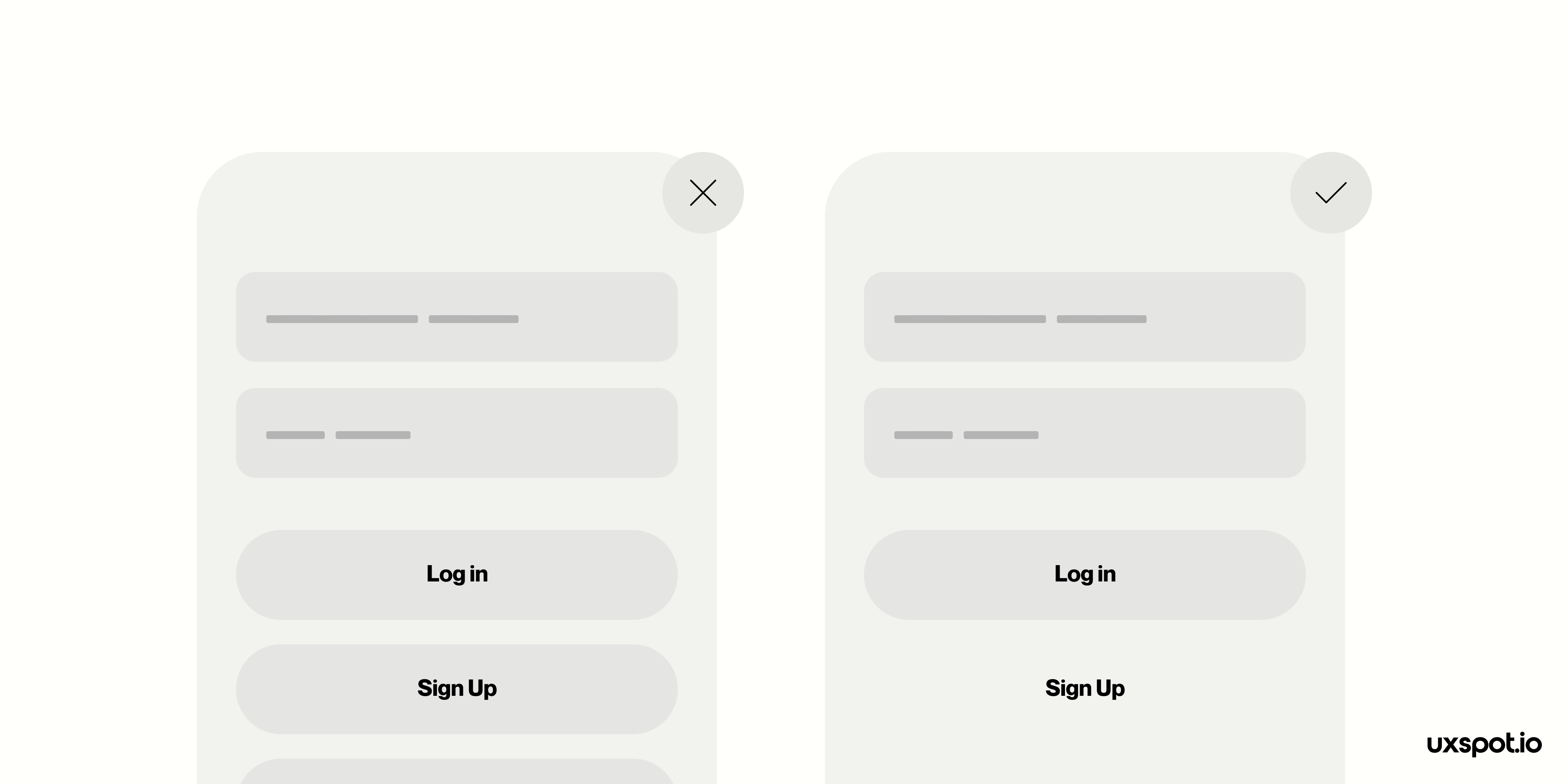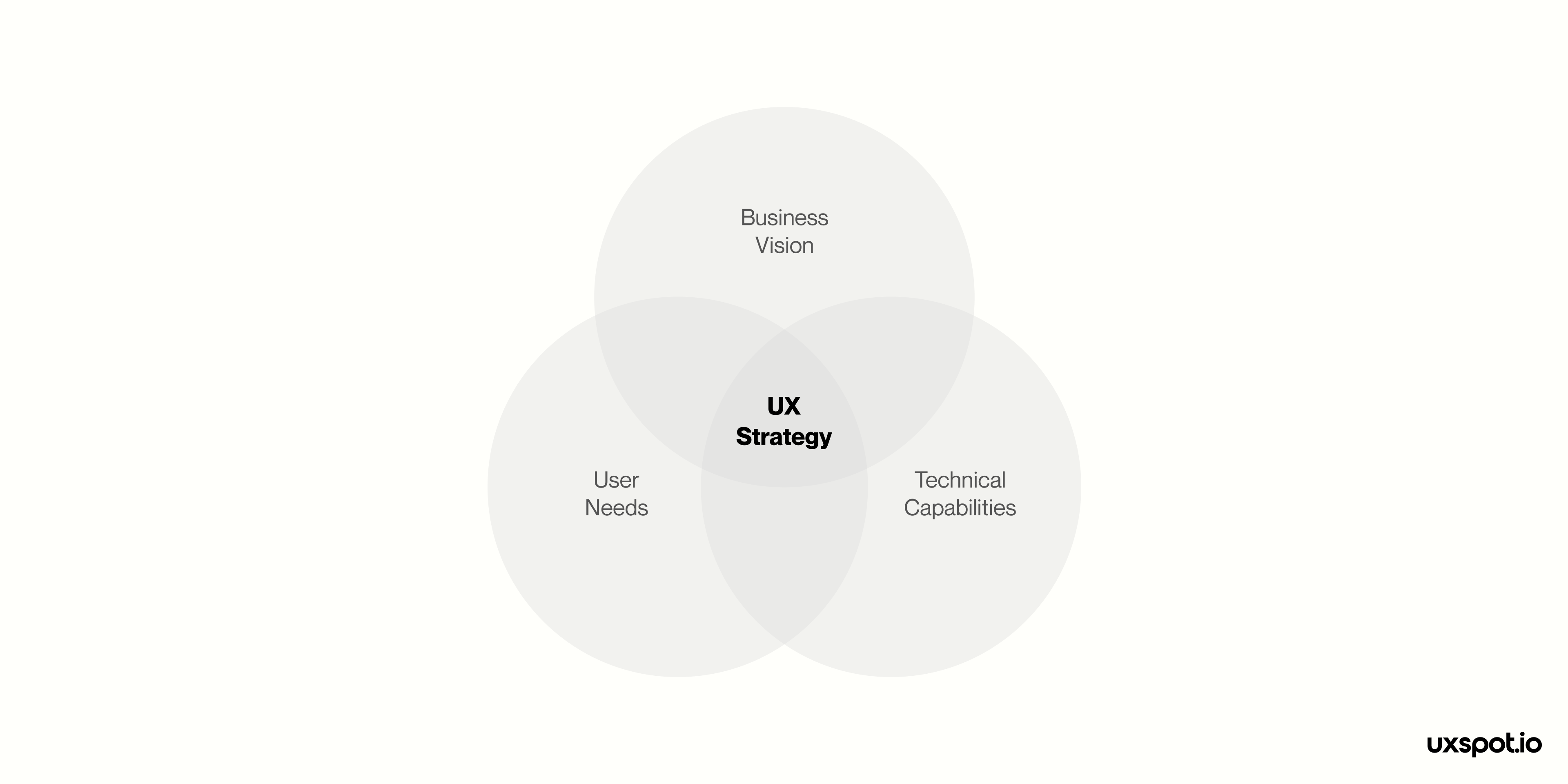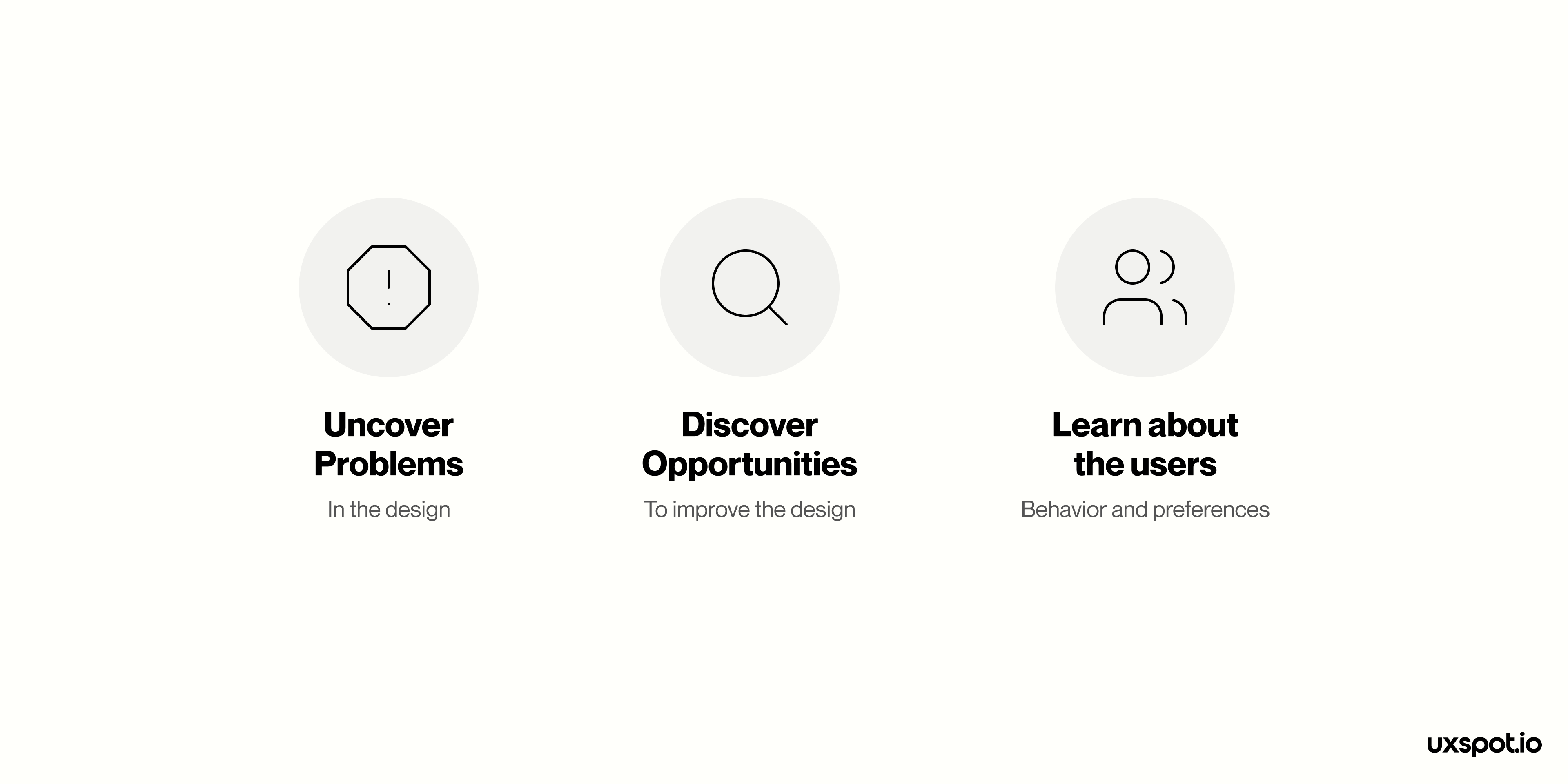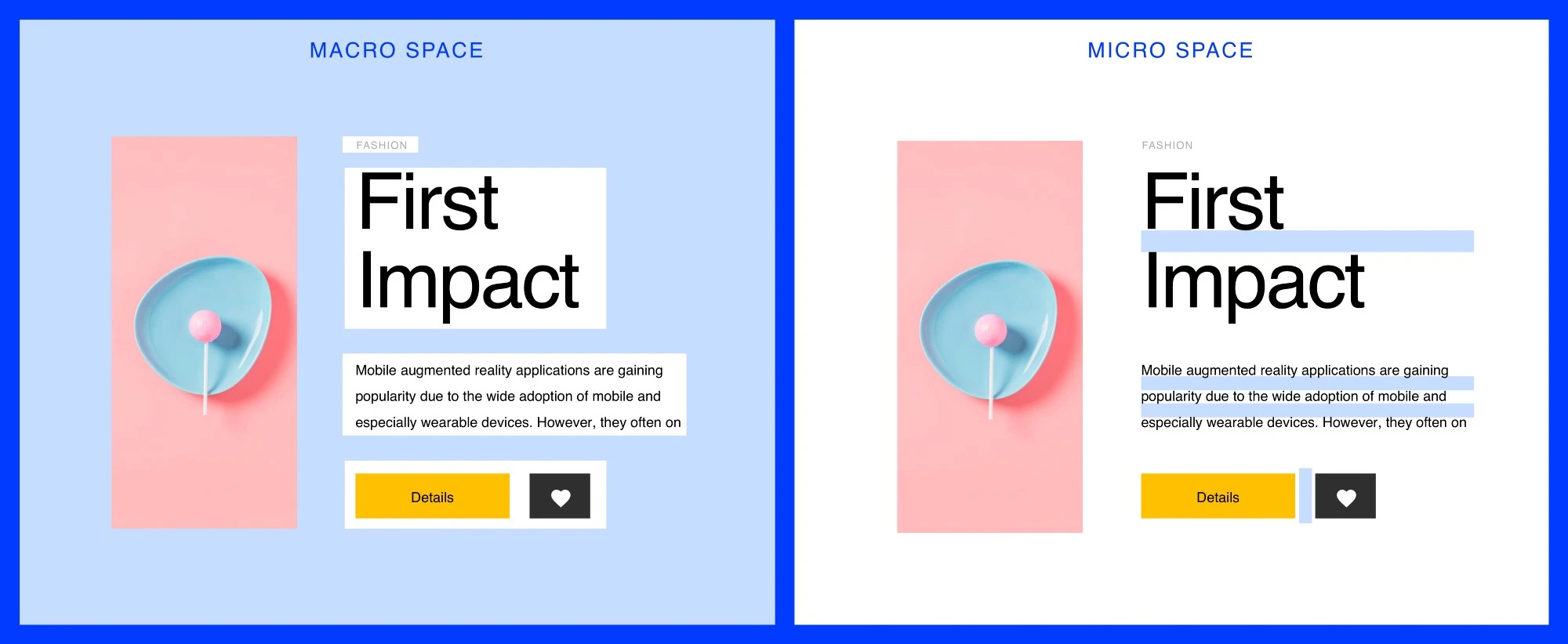User experience (UX) and user interface (UI) design are two critical aspects of creating a successful product, but they are not always easy to get right. Even experienced designers can make mistakes that can negatively impact the user experience. In this article, we'll take a look at some of the most common mistakes in UX/UI design, and how to avoid them.
Ignoring user research
One of the most common mistakes in UX design is ignoring user research.
It's important to understand the needs, goals, and pain points of your users in order to create a product that meets their needs.
Failing to conduct user research can result in a product that is difficult to use, that doesn't meet the needs of your users, or that fails to address their pain points.
Not making it easy to use
A product that is difficult to use can be a major barrier to adoption, regardless of how good it is otherwise. Common mistakes in this area include using complex navigation, unclear labels, and providing poor feedback. To avoid these mistakes, focus on simplifying the user flow, making sure that buttons and menu options are clearly labeled, and providing clear feedback to users.
Being unconsistent
Consistency is key when it comes to good UX design. This means maintaining a consistent look and feel across all screens and interactions, and making sure that the layout is consistent as well. Inconsistency can be confusing for users and make it difficult for them to understand how to use your product.
Ignoring user needs
A common mistake in UI design is failing to prioritize the user's needs. The key is to focus on the user's primary goals and make sure that the design puts the most important information and features in easy-to-find locations. Make sure that any extra features don't get in the way of the user's primary goals, but also provide an option to access those features if user needs it.
Not testing with real users
It's important to test your product with real users and gather feedback about their experience. This will help you to identify any usability issues and make improvements to the design. Failing to test with users can lead to a product that is difficult to use or that doesn't meet the needs of your users.
Using jargon or technical language
Using jargon or complex language can be a major barrier for users who are not familiar with the subject matter. It's important to use clear and simple language that is easy for everyone to understand. This is particularly important for products that are intended for a wide range of users, such as consumer products or government services.
Minor mistakes can negatively impact the usability and overall experience of a product.
Here are a few examples:
- Lack of clarity in navigation: If the structure and labeling of the navigation menu is unclear or confusing, users may have difficulty finding the content they're looking for.
- Insufficient feedback: Without proper feedback, users may not know if an action they've taken (such as clicking a button) has been successful or not.
- Complex forms: Long and complex forms can be intimidating to users and may lead to abandoned form submissions.
- Poor performance: Slow loading times or laggy interactions can make a product feel unresponsive and frustrate users.
- Limited customization options: Users often like to personalize their experience to their liking and lack of options may frustrate them.
- Not optimized for mobile: With the increasing use of mobile devices to access the internet, it's important to ensure that a product is optimized for smaller screens and touch interactions.
- Ignoring accessibility: Failure to consider accessibility can exclude a significant portion of users with disabilities from being able to use the product.
- Lack of iteration: If a product is not continuously iterated upon, it may become stale and out of touch with the needs of its users.
In conclusion, good UX and UI design is essential for the success of any product. To avoid common mistakes and create a great user experience, it's important to conduct user research, make your product easy to use, create a consistent design, prioritize the user's needs, test with users and use simple and clear language. By keeping these guidelines in mind, you'll be able to create a product that users will love to use, and that will drive your business forward.









